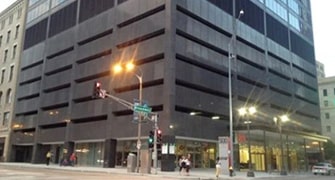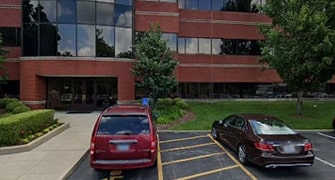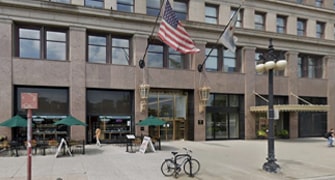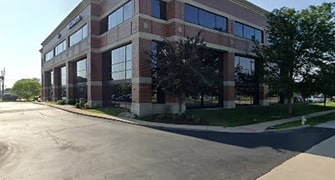Free Consultation
(314) 500-HURTCausation is the causal relationship between the defendant’s conduct and end result. It is the act or process that produces an effect.
In a personal injury case, you must establish causation – meaning that it’s not enough to show that the defendant was negligent. The negligence must be what caused the complainant’s injuries. Causation essentially means proof of negligence. Causation in negligence can be hard to determine because every negligence case is subjective. It is not always obvious, so there needs to be legal parameters to follow to determine the cause of negligence. Because of the nuances, it is important to work with an experienced personal injury lawyer at Burger Law who understands both parts of causation:
Cause-in-fact, also known as factual causation or actual cause, is the actual evidence, or facts of the case, that prove a party is at fault for causing the other person’s harm, damages or losses. It seeks to answer a question to the “but-for” test – asking if the victim was harmed, was that harm directly caused by the defendant’s actions? Another way to think about it is: But for the existence of ABC, would XYZ have happened?
Unlike the fact-based timeline of factual causation, proximate causation is a trickier legal concept. Proximate causation is about opinions and options that are not necessarily rooted in fact, but rather about finding out whether or not the injury would have occurred without the proximate cause. It asks the question: Is it reasonable that the defendant knew their actions could and would cause harm? Proximate causation needs to be a direct cause of the harm that was done. It cannot be anything coincidental or abnormal. It also cannot be foreseeable.
An example of causation in negligence would be a homeowner leaving the surrounding their backyard pool unlocked. Suppose a child opens the gate, falls into the pool and drowns. The homeowner’s negligent action caused the accident, so causation could be established. However, if a child climbed over the fence at the other end of the pool, fell into the pool and drowned, the homeowner would not be liable. Although there was negligence in both examples, the negligence in this case did not cause the child’s accident. The accident would have happened even if the gate had been locked.
Client Reviews
This law firm is absolutely amazing. They took on my case, when nobody else would! They fought hard for me when it seemed there was no hope. They kept me informed and always asked for my input before making decisions on my case. Gary puts himself into every case unlike most law firm owners. Gary and his team really care about every one of their clients, and fights hard to get you a fair settlement. They actually won my case out of court, and then reduced my fees to make sure I could get my car fixed and be able to get back to some normality. I would recommend Burger Law over and above any other firm! If you go somewhere else you aren’t getting the best!
View More Reviews on Google Maps and Yelp


521 W. Main Street Suite 201 O
Belleville, IL 62220
By appointment only
(618) 500-4878 GET DIRECTIONS
332 S Michigan Ave Suite 900
Chicago, IL 60604
By appointment only
(312) 500-HURT GET DIRECTIONS
100 Chesterfield Business Pkwy Suites 200-222
Chesterfield, MO 63005
By appointment only
(314) 648-8348 GET DIRECTIONSNO FEES UNTIL WE WIN YOUR CASE
We offer free consultations and are available 24/7 to take your call. Live chat, text, and virtual meetings are available.
or call us at